Varanasi: A viral video about the collapse of the new Varanasi ropeway sent the city’s administration into a tizzy last month. It didn’t waste any time. The city police filed an FIR, issued a statement, and roped in the cyber-crime cell to detect the source. Within a day, they defanged the false story about Modi’s dream project: India’s first urban ropeway.
In a country where falling bridges are par for the course, the Varanasi ropeway video could spread fast and be believed too.
“Through the social media cell of Varanasi Commissionerate, we learnt that a video is being circulated that the Varanasi ropeway is unsafe. The intention was to spread rumours. A few hours after the post, the administration took action,” said Saravanan Thangamani, DCP Crime, Varanasi. He added that the offending clip was from a temple ropeway in Chhattisgarh.
While other cities are laying down tracks for metros, Varanasi is stringing gondolas in the sky. The ancient city has taken a radical, high-tech approach to easing its congested lanes. The 4-km cable car project, being built at a cost of Rs 800 crore, is the government’s bid to turn Kashi into a model for sustainable urban transport. At a time when India’s civil engineering is in crisis, with bridges collapsing across the country, Varanasi’s ropeway is a national test case for an infrastructure rethink.
Once complete, it will be only the third public transport ropeway system in the world after Bolivia’s La Paz and Mexico City. While ropeways are common for mountain sports and tourism-related activities, their use in urban mass transit is a paradigm-shift. The long-pending 2.2-km Sangam ropeway project in Prayagraj is next, with the Ministry of Road Transport recently approving the project’s alignment design. Plans are afoot to implement over 200 ropeway projects across the country.
There’s a lot riding on the Varanasi ropeway. Prime Minister Narendra Modi has called it an “incredible confluence of faith and technology” and a green solution to the city’s logjams.
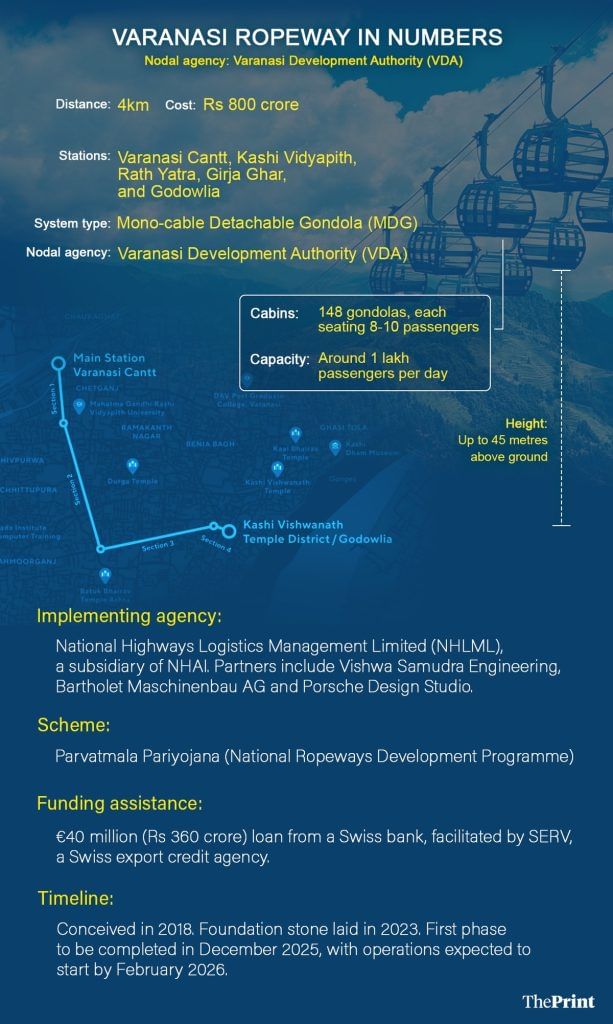
In the past five years, traffic has become the temple city’s biggest problem. It has changed from a pilgrimage centre to an overcrowded tourist hub. After the Kashi Vishwanath Corridor opened in 2021, visitors have been thronging the city. In 2024 alone, more than 11 crore people came to Varanasi, an 18.7 per cent increase from the previous year.
The ambitious ropeway project, however, has faced many challenges since the foundation stone was laid in 2023, including land acquisition, court cases, departmental coordination, construction hurdles, and even surprises buried beneath the city’s ancient drains.
A very visionary project is coming to Varanasi and everyone should use this in a responsible way
-Pulkit Garg, former VDA vice-president
“Commuting is the biggest challenge in the narrow streets of Varanasi. First we tried an underground metro, then thought of an elevated metro, but it was not possible because of lack of space to build infrastructure. Then we proceeded with the idea of a ropeway which will help to handle the city’s traffic menace,” said Prabhat Kumar, town planner of Varanasi and one of the key people driving the project. The metro plan was shelved in 2018 and the ropeway conceived of shortly thereafter. Finally now, test runs have started.
The first phase will connect five stations between Varanasi Cantt railway station and Godowlia near the Kashi Vishwanath temple.
“We have done multiple rounds of trial runs and the first phase is in its final stage,” said Kumar, adding that an expansion plan for the Ramnagar area is already underway. “By next February, operations will start. It’s a challenging project for all of us.”
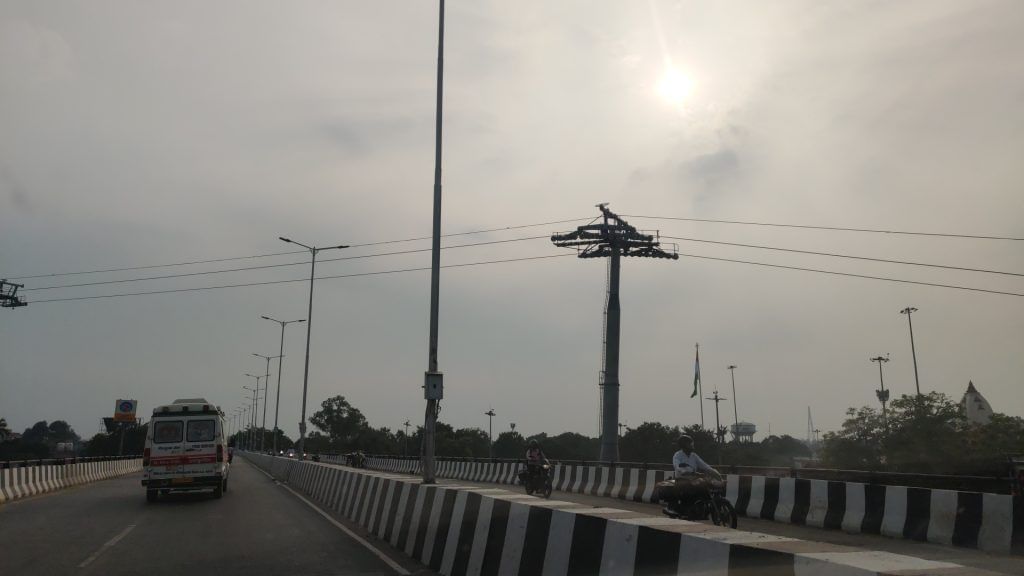
Also Read: The GI tag man of India lives in Varanasi. He is blending culture and commerce
Disputes, delays & a mysterious drain
The ropeway looked skyward, but one of its toughest hurdles lay underground.
In June, as engineers prepared to install the last tower at Godowlia Crossing, they hit an unexpected snag — an ancient drain known as the Ghodanala. The damage this sewage system sustained during excavation sent alarm bells ringing across departments.
It also caused friction between the Varanasi Development Authority (VDA), the nodal body for the project, and the implementing agency: National Highways and Logistics Management Limited (NHLML), a wholly owned subsidiary of the National Highways Authority of India (NHAI).
It turned out the problem was bigger than expected. The Ghodanala, which carries about 30 million litres of sewage a day, had not only been damaged but had also eroded the surrounding soil, putting nearby buildings at risk of collapse.
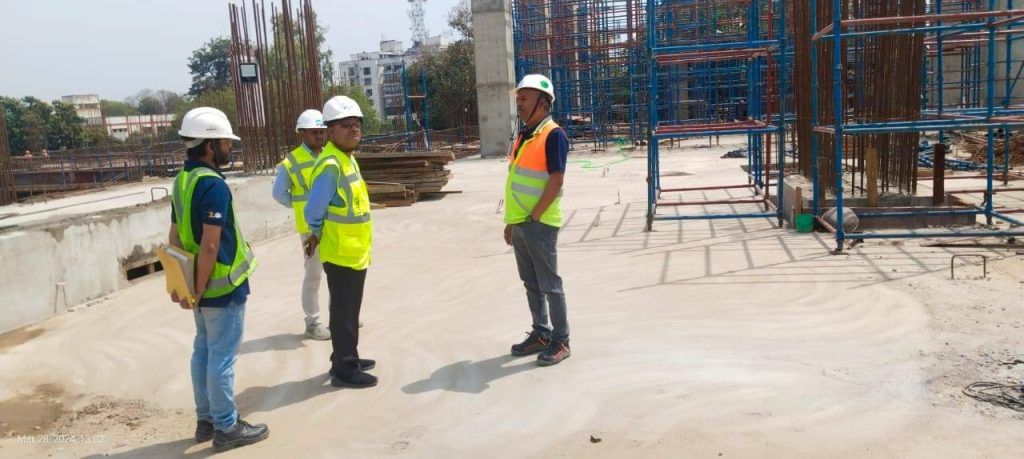
Municipal Commissioner Akshata Verma, then VDA vice president Pulkit Garg, and officials from NHLML rushed to the site. Hotels and homes nearby were evacuated, and the Uttar Pradesh Jal Nigam was ordered to begin repairs. But before work could start, the monsoon arrived and the Ganga flooded. The work had to be paused until the water level subsided.
Meanwhile, NHLML officials complained that the VDA had given them no information about the city’s underground drainage network.
“If they had informed us, then we could have chosen another place to install the tower,” said an NHLML official.
Even though Ghodanala is a key part of Varanasi’s old drainage system, not even the local authorities seem to know its full layout.
“We don’t even have a map of the drainage system or the areas it passes through,” said town planner Kumar, adding that this was one of the biggest challenges that the administration has faced while executing the project.
The challenges were mainly due to the specific location. This is a major historical city with over one million inhabitants and five times as many visitors per year. The construction of a ropeway in such a city naturally entails an assessment of the environmental and social risks
-Andreas Oel, team leader with SERV, a project partner, in an interview
Another major bottleneck has been a legal battle. Three women — Mansha Singh, Suchitra Singh and Pratima Singha — went to the Supreme Court after their shops at Godowlia Crossing were demolished to make way for the ropeway station. They said they were not given any notice or compensation, and that the Allahabad High Court had failed to protect their shops despite a pending petition.
In February, the Supreme Court issued a “status quo” order, halting work on the final stretch of five stations at Varanasi Cantt, Kashi Vidyapith, Rath Yatra, Girja Ghar and Godowlia. It has since re-started, albeit at a slower pace.
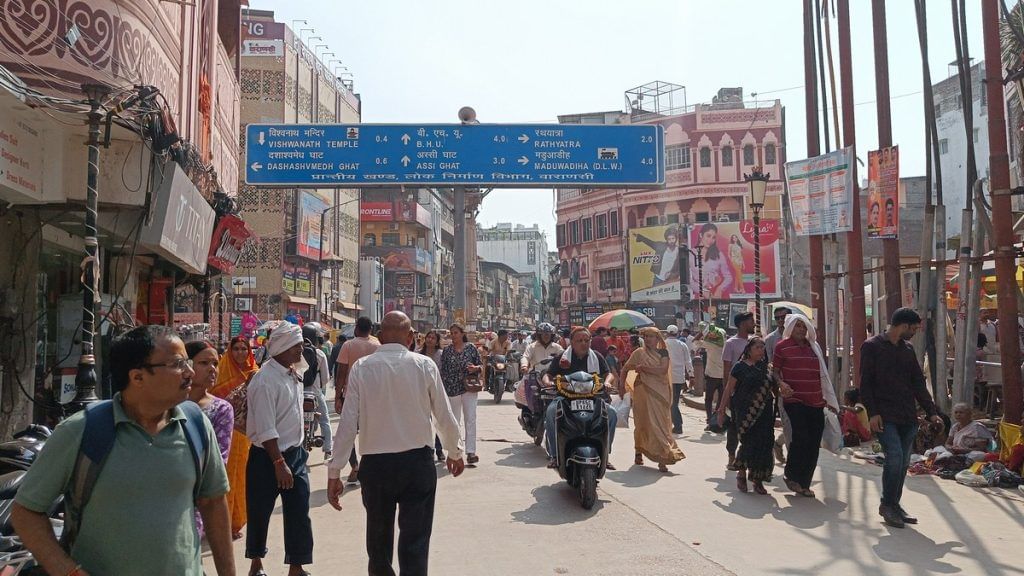
“Most of the construction work has been completed. Only some work at Cantt and Godowlia is pending,” said Kumar.
Local newspapers have tracked every twist of the project while also talking it up at every opportunity. One headline promised, Banaras me kariye ab hawai safar, jam ki kichkich se milne ja rahi badi rahat — take an air tour of Banaras and get relief from traffic jams. Another declared, Vishwa ka teesra sabse bada sarvajanik ropeway Varanasi me — the world’s third-largest public ropeway is in Varanasi.
Now, having crossed its first deadline in August 2024 and fast approaching the new one on 12 December, results are finally becoming visible.
‘Forward-looking project’
Blue-and-orange gondolas glided above Varanasi’s jumble of rooftops and flyovers as residents gazed upward. The first trial run at Cantt railway station on 2 October was the first real glimpse of the city’s ropeway in motion.
“Everyone here is excited about this project, which is entirely green infrastructure,” said Pulkit Garg, vice-president of the VDA until last month. The 2016-batch IAS officer, a civil engineer by training, has overseen the project for nearly two years.

Five stations with spacious waiting areas and passenger-friendly facilities will soon be open to the public, he said. The ropeway will operate with 148 gondolas capable of carrying around one lakh people a day. Each gondola seats 8-10 passengers, and the VDA has set a target of 3,000 commuters an hour. The system uses the Mono-cable Detachable Gondola (MDG) technique, in which cabins detach from the main cable while boarding.
“A very visionary project is coming to Varanasi and everyone should use this in a responsible way,” Garg added.
The excitement has reached Lucknow too. Chief Minister Yogi Adityanath inspected the project sites in June and August, including station layouts.
Commuting is the biggest challenge in the narrow streets of Varanasi. First we tried an underground metro, then thought of an elevated metro, but it was not possible because of lack of space to build infrastructure. Then we proceeded with the idea of a ropeway which will help to handle the city’s traffic menace
– Prabhat Kumar, VDA town planner
At the Varanasi Cantt ropeway station, new graffiti brightens the walls, including scenes from the ghats and a mural of shehnai maestro Bismillah Khan playing by the river. VDA has also started finalising a plan for parking zones around the ropeway stations.
“We have enough space near Varanasi Cantt and Kashi Vidyapeeth stations, but need more at the rest of the stations,” said Prabhat Kumar.
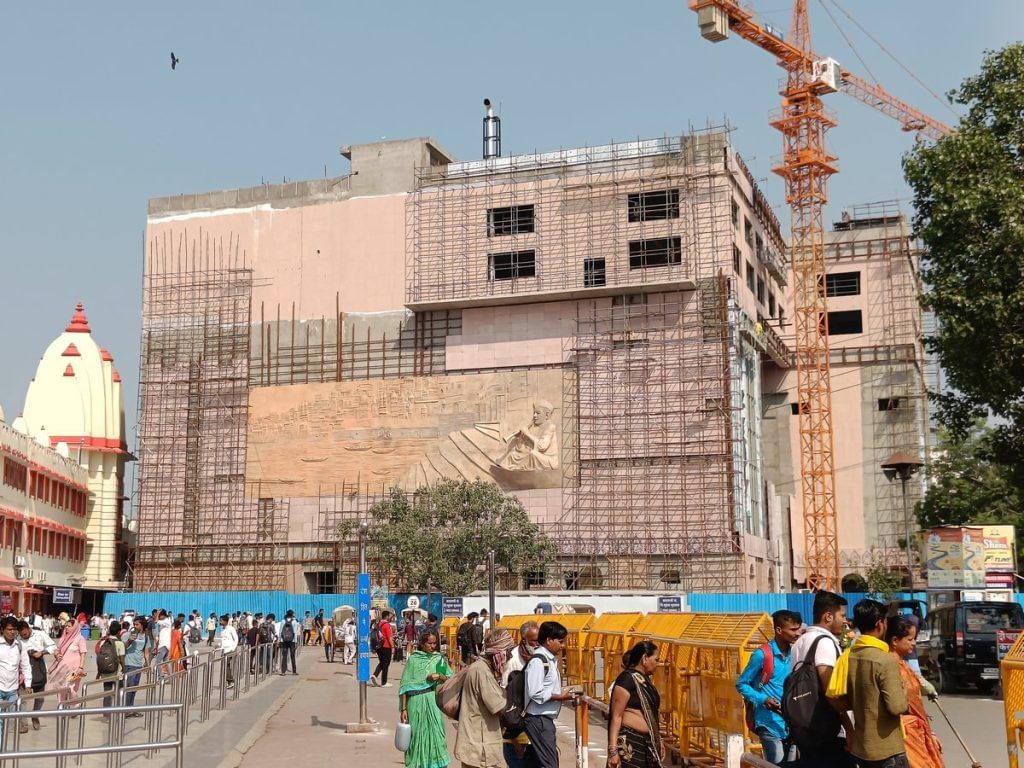
To execute the project, the implementing agency NHLML has enlisted the help of India’s Vishwa Samudra Engineering for construction and Switzerland’s Bartholet Maschinenbau AG for the ropeway system and technology. The gondolas have been designed by Porsche Design Studio in Germany. Stretching 3,660 metres end to end, the ropeway will carry gondolas above Varanasi’s rooftops at a height of up to 45 metres.
Funding has been its own uphill climb. In 2021, the Ministry of Economic Affairs discussed Viability Gap Funding (VGF) support for the Varanasi ropeway at an empowered committee meeting.
According to the minutes, the Varanasi Development Authority estimated the cost at Rs 410 crore, with 40 per cent to be covered through VGF. It also listed the expected benefits — improved connectivity between old Kashi and new Varanasi, reduced road traffic, better visitor experience, revenue generation, cleaner air, and an overall lift in the city’s service index.
But four years later, the cost has nearly doubled to Rs 800 crore.

As part of the funding, Vishwa Samudra Engineering secured a €40 million (around Rs 360 crore) loan from a Swiss bank, facilitated by SERV, a Swiss export credit agency. This has been touted as the first time an Indian infra company has secured such funding for an NHAI project and as “a turning point in foreign investment in Indian infrastructure”.
In an interview, Andreas Oel, team leader at SERV, touched upon some of the complexities of building a ropeway in a city like Varanasi
“The challenges were mainly due to the specific location. This is a major historical city with over one million inhabitants and five times as many visitors per year.” he said. “The construction of a ropeway in such a city naturally entails an assessment of the environmental and social risks. And different factors are taken into account here than for traditional construction in the mountains… (but) a forward-looking project like this is simply a joy.”
Beyond easing congestion and promoting sustainable transport, the ropeway model is designed to generate revenue too.
“At each station, we will rent some spaces for commercial purposes from where we will get revenue,” said Kumar.
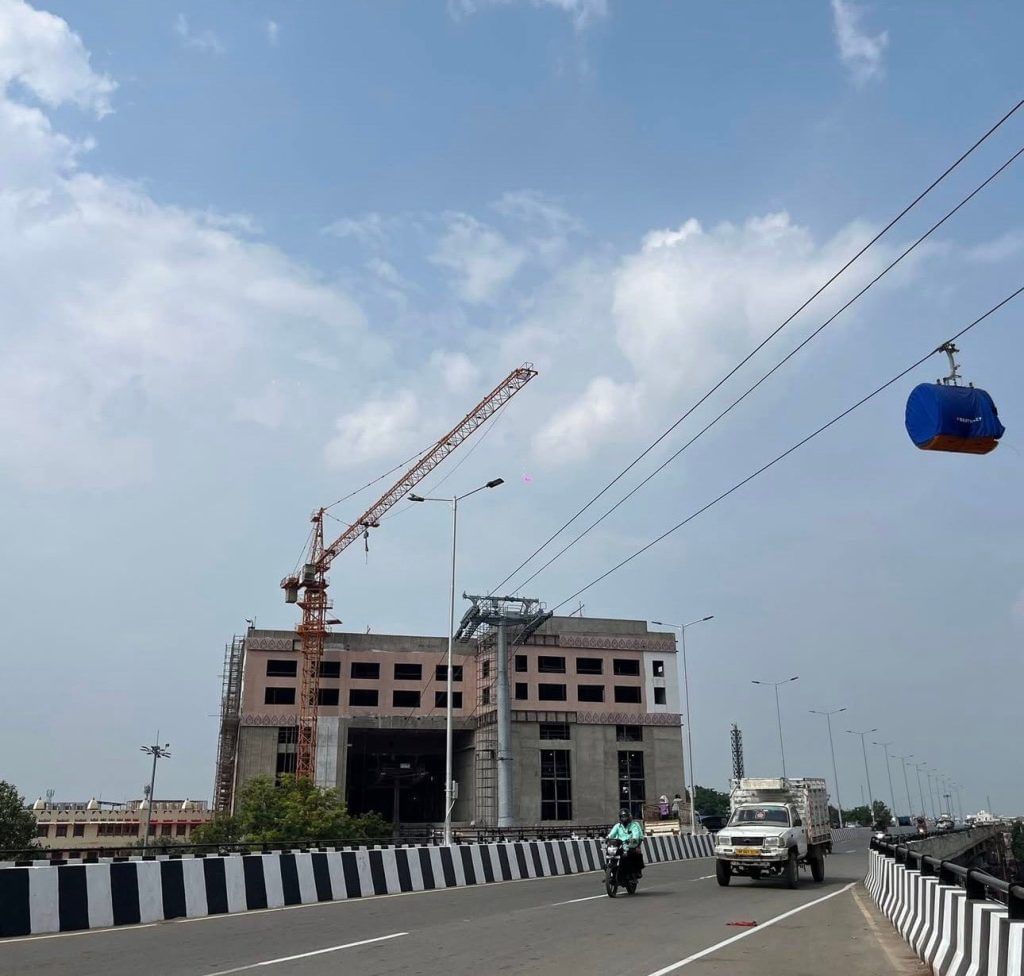
Fares, he added, are still under discussion but they will be kept affordable for maximum adoption so that decongestion actually happens.
“We have to fix the fares in accordance with the current means of transportation such as e-rickshaws,” he said.
Some officials invoke the divine while speaking of it.
“Varanasi Ropeway soars above the sacred city, offering a transformative spiritual journey,” said an NHLML official.
Also Read: A Varanasi royal family vs British history. And one man’s war to decolonise the past
Ropeway rush in India
Varanasi is being treated as a proof of concept for the rest of the country. The Modi government has drawn up plans for 250 ropeway projects covering 1,200 km over the next five years, with an estimated total investment of Rs 1.25 lakh crore.
In the 2022-23 Union Budget, the Centre announced Parvatmala Pariyojana, or the National Ropeways Development Programme to build efficient, low-emission cable-car networks, especially in “difficult, challenging, and sensitive terrain” where traditional transport infra is less feasible.
Under this programme, 60 km of projects were planned to be awarded by FY 2024-25, with MoUs signed with 13 states and Union territories including Uttar Pradesh, Jammu & Kashmir, Himachal Pradesh, Uttarakhand, Assam, and Maharashtra. Projects in the pipeline include the Sonprayag-Kedarnath ropeway, the Gaurikund-Kedarnath ropeway, and the Sangam ropeway in Prayagraj.
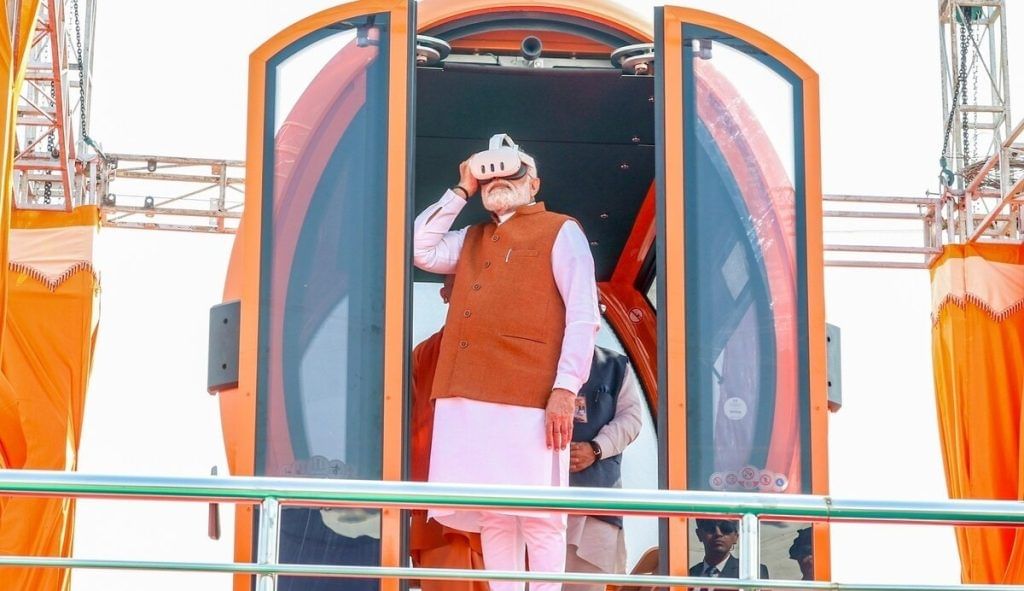
But the shift from ground to cable has stirred anxieties among many Varanasi residents.
When a bulldozer reached his house in December 2024, local resident Ashish Jaiswal stood in front of it in protest. “I asked the development authority for some time to produce the documents for my house. But they bulldozed it,” he said.
Officials at the Varanasi Development Authority maintained that compensation rules were in place for those affected by the ropeway construction.
“The person has to produce ownership documents at our office, and then we initiate compensation,” said an official.
Varanasi’s 16,000-plus e-rickshaw drivers are worried about the ropeway too.
“This will kill our business,” said Suresh Kumar, who ferries mostly tourists through the old city’s lanes and is now afraid they will simply take the ropeway.
But for tourists like Delhi’s Sunil Mittal, who has been a regular visitor to Varanasi for the last two decades, the ropeway is a fresh incentive to take the trip. He says he’s looking forward to a day when travelling 5 km won’t take 40-45 minutes.
“I want to experience an aerial view of the ancient town. I will come here to travel on the first day of its operation,” he said.
The Varanasi administration already has its eyes on more distant horizons.
“In the second phase, we’ll extend the ropeway to Ramnagar,” said Kumar, referring to the town adjacent to Varanasi, home to the 18th-century Ramnagar Fort. “It will connect people who live across the Ganges.”
(Edited by Asavari Singh)






